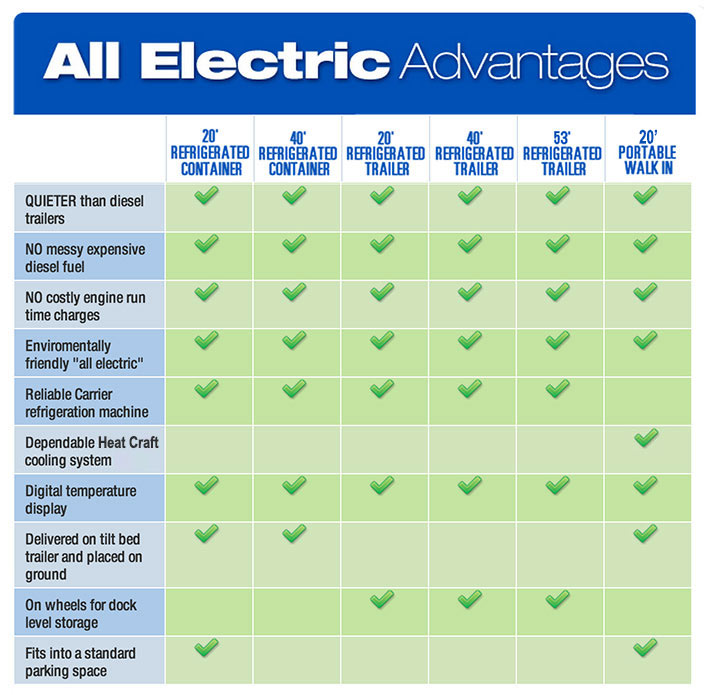Refrigerated Shipping Containers
Why are they called reefers?
Refrigerated shipping containers are often called reefers. A reefer is defined as “a refrigerator (especially one large enough to be walked into), a refrigerator car, ship or truck.” Reefers play an important role in global trade. They allow companies to ship items such as fruits, vegetables, dairy products and other items requiring refrigeration while in transit. Reefers ensure goods are shipped at the optimal temperature, humidity and ventilation levels needed for the product they are transporting. Reefer containers are generally fitted with individual refrigeration units that hook in directly with the cargo or reefer ships’ electrical supply. Refrigerated container vessels are specifically designed to allow for the transport of individual refrigerated container units and they are usually found in special areas of the ships cargo hold. Some modern ships contain water cooling systems and some reefers are fitted with redundant cooling systems to ensure perishable cargo is not spoiled due to a refrigeration unit going bad.
Reefers are not just for ships or transport, they are the perfect solution for ground or dock level temperature controlled storage. Reefers can maintain temperatures ranging from below 0°F to 75°F making them the perfect fit for any business requiring temperature sensitive storage. The containers are available in 20 ft and 40 ft lengths and electric powered. Electric powered systems are more efficient as well as quieter than diesel powered units. Our electric units do not release any harmful emissions, making them safer for the environment as well. These containers are perfect for food manufacturers/distributors, grocery stores, schools, restaurants and hotels as well as the pharmaceutical/biomedical industry. These units can be purchased or rented and are available for short or long term use as well as for seasonal rentals.
For more information on our refrigerated shipping containers, please call us toll free at 770-960-1844.
Written on August 30, 2010
